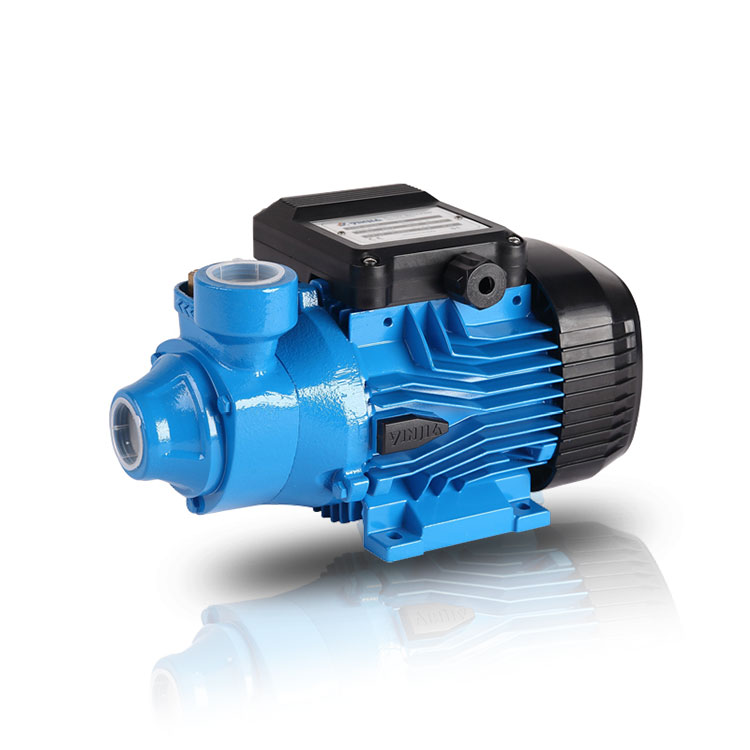Built to Last: Unveiling the Durable and Corrosion-Resistant Materials in Peripheral Pump Construction
2024-01-15
Introduction:
Peripheral pumps stand as reliable workhorses in household water systems, ensuring a steady flow of water for various applications. One key factor contributing to their longevity and performance is the selection of materials in their construction. In this blog, we'll explore the materials commonly used in the fabrication of peripheral pumps, highlighting their durability and resistance to corrosion for a robust and enduring water circulation solution.
1. Stainless Steel: The Epitome of Corrosion Resistance:
Stainless steel is a premier choice for peripheral pump construction due to its exceptional corrosion resistance. Known for its durability and resistance to rust, stainless steel ensures that the pump components remain intact even when exposed to moisture and varying environmental conditions.
2. Cast Iron: A Sturdy Foundation for Structural Integrity:
Cast iron is often employed in the construction of pump casings and impellers. Its robust nature provides a sturdy foundation for the pump's structural integrity, ensuring reliable performance and withstanding the stresses associated with continuous operation.
3. Bronze and Brass Alloys: Corrosion Resistance with Elegance:
Bronze and brass alloys find application in various components of peripheral pumps, including impellers and fittings. These alloys not only offer corrosion resistance but also lend a touch of elegance to the pump's construction. Additionally, they exhibit excellent machinability and wear resistance.
4. Thermoplastic Materials: Lightweight and Corrosion-Resistant:
Thermoplastics such as polypropylene, PVC (polyvinyl chloride), and PPO (polyphenylene oxide) are favored for their lightweight nature and corrosion-resistant properties. These materials are commonly used in pump casings and other components to enhance durability without compromising on weight.
5. Ceramic Coatings: Enhancing Wear Resistance:
Some peripheral pumps feature ceramic coatings on impellers and wear-prone components. Ceramic coatings enhance wear resistance, protecting against abrasion and extending the lifespan of these critical parts.
6. Noryl: Balancing Strength and Chemical Resistance:
Noryl, a high-performance thermoplastic, is chosen for its balance of strength and chemical resistance. Pumps with Noryl components are well-suited for handling different water qualities and resist degradation caused by chemicals and environmental factors.
7. Aluminum: Combining Lightweight Design with Corrosion Resistance:
Aluminum is utilized in some peripheral pumps for its lightweight design and corrosion resistance. While not as corrosion-resistant as stainless steel, aluminum remains a suitable choice, particularly in applications where weight is a crucial consideration.
8. Epoxy-Coated Components: Extra Layer of Protection:
Some pumps feature components with epoxy coatings, providing an additional layer of protection against corrosion. Epoxy coatings create a barrier that shields the underlying material from exposure to corrosive elements.
9. Composite Materials: Innovating with Strength and Durability:
Advances in materials science have led to the use of composite materials in pump construction. These materials often combine fibers, resins, and other elements to create components with superior strength, durability, and resistance to corrosion.
10. Zinc-Anodized Parts: Enhancing Corrosion Resistance:
Zinc anodization is employed in certain pump components to enhance their corrosion resistance. This process forms a protective layer on the surface, preventing oxidation and contributing to the overall longevity of the pump.
Conclusion:
The construction of peripheral pumps involves a thoughtful selection of materials, each chosen for its specific properties that contribute to durability and resistance to corrosion. From the time-tested stainless steel to innovative composite materials, these components work together to ensure that the pump remains a reliable and long-lasting asset in household water systems. When considering a peripheral pump for your home, understanding the materials used in its construction is key to making an informed decision that aligns with your durability and corrosion resistance expectations.



